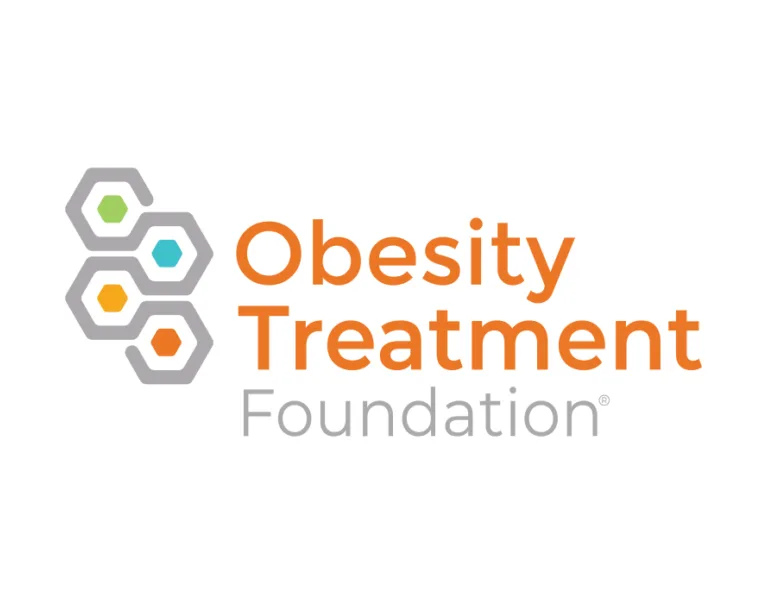Welcome to the OMA Blog
The Obesity Medicine Association Blog is the leading industry hub for obesity medicine. Find the latest research, expert insights, and practical tips to tackle the multifaceted disease of obesity. Hear from OMA Outreach Committee members, OMA Board members, and more to gain a deeper understanding of the complex factors influencing obesity and explore innovative approaches to prevention, treatment, and long-term management. Join a community of healthcare professionals, researchers, and individuals passionate about combating obesity.
View by Category

Pediatric Research Update: Consensus Statement on Metabolic Dysfunction–Associated Steatotic Liver Disease (MASLD) in Children and Adolescents
Pediatric MASLD is rapidly rising alongside childhood obesity. This expert consensus outlines current evidence on epidemiology, diagnosis, and management, highlighting screening strategies and emerging therapies to guide early identification and care.

Scaling Successful Obesity Healthcare Improvement Interventions
The Obesity Medicine Association (OMA) is pleased to announce a new multi-phase Quality Improvement (QI) initiative designed to strengthen obesity care delivery across diverse outpatient clinical settings in the United States. OMA is also partnering with Q Synthesis LLC, a healthcare quality improvement company, to develop and implement key components of the initiative. At the heart of the program is the Implementation into Practice Collaborative (IPC) , a virtual learning collaborative that will run from February through May 2026.

Pediatric Research Update: Sleep Screening: Implementing an Electronic Health Record-Integrated Pediatric Primary Care Sleep Screener
A new study by Williamson et al. (2025) showed that adding a short sleep screening tool directly into the EHR helped primary care providers identify more sleep disorders and led to more PSG orders and specialty referrals. This is a simple, practical approach that could also be very useful in Obesity Medicine, where sleep screening is still often missed but could make a big impact

White House Announces Expanded Access for Obesity Medications
The Obesity Medicine Association (OMA) welcomes today’s announcement by the White House Administration regarding expanded access to obesity medications and a commitment to make effective treatment for the chronic disease of obesity more affordable and widely available.

Reframing Success in Obesity Care: Language, Listening, and Outcomes Beyond the Scale
For decades, the number on the scale has been treated as the ultimate benchmark of health. In clinical settings, weight reduction has often been framed as the primary outcome, and weight gain as failure. Yet, as obesity medicine advances, it is increasingly clear that this approach is incomplete and potentially counterproductive. Weight alone fails to capture the complexity of health and behavior change, while overemphasis on the scale can erode trust, reinforce stigma, and undermine long-term engagement (1–3).

Pediatric Research Update: Efficacy and Safety of GLP1RAs in Children and Adolescents With Obesity or Type 2 Diabetes
A meta-analysis and systematic review of 18 trials including those published in the last 2 years to review primary efficacy outcomes, exploratory efficacy outcomes and safety outcomes. GLP-1 RAs significantly improve outcomes for children and adolescents with Type 2 Diabetes or obesity.

A Clinician's Guide to Non-Exercise Activity Thermogenesis (NEAT)
Learn how non-exercise activity thermogenesis (NEAT) supports obesity treatment and explore clinical guidance to boost patient outcomes.

Pediatric Research Update: Ethics of Lifestyle Counsel Alone in a GLP-1 Era
The article warns against relying on lifestyle changes alone when safe, effective GLP-1s exist for pediatric obesity. It urges fair care that blends medical therapy with healthy habits, especially for children facing barriers to lifestyle change.

Hyperphagia: Full Overview For Healthcare Providers
Explore a complete overview of hyperphagia, including common underlying conditions and emerging studies that all healthcare providers should be aware of.
